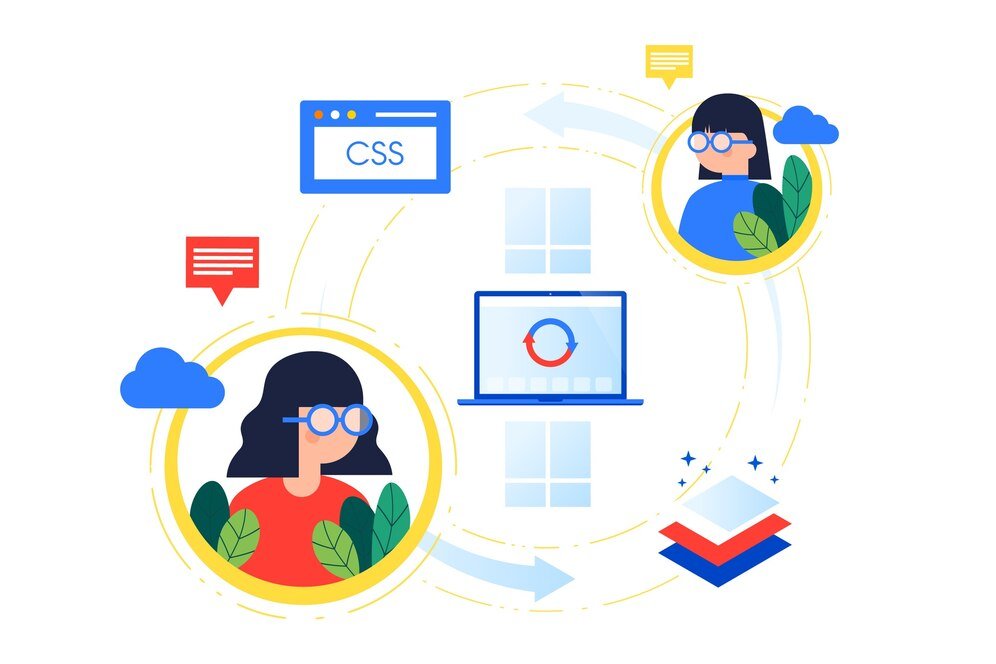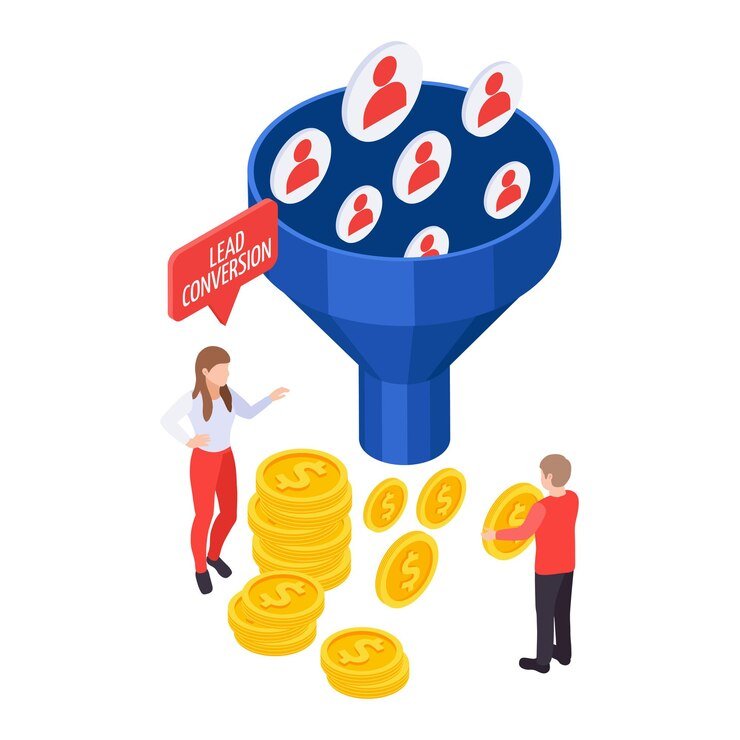Implementing CRM means that all customer data are stored within a single database that is accessible to everyone within an organization. Some of the benefits of it include being able to acquire a more centralized view of customers, which may help in planning the way you interact with them accordingly.




